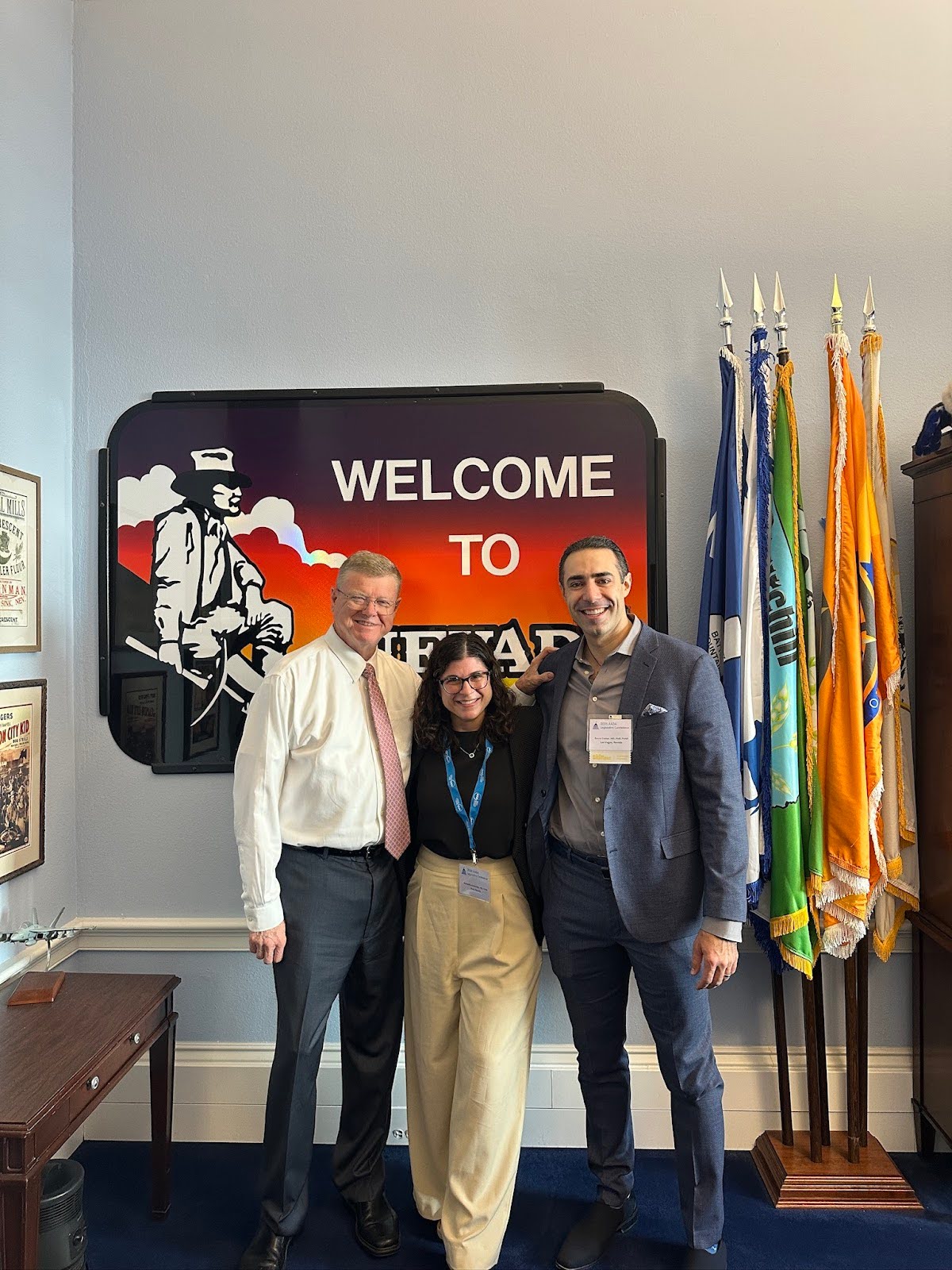
Fighting for Patient Access: Why I Went to Washington, D.C.
Sep 16, 2025Last week, I traveled to Washington, D.C. to attend the American Academy of Dermatology Association’s (AADA) Legislative Conference. This meeting brought together dermatologists from across the country to advocate for one thing: our patients’ ability to continue receiving timely, affordable, high-quality care.
This year, our organization had a single focus: Medicare payment reform. Without a long-term fix to this issue, physician practices across the country are at risk. While there have been years since 2013 where small increases were quickly offset by other cuts, 2025 appears to be the first in many years with no positive net adjustment for physicians under Medicare.

So what exactly is the physician fee schedule? First, I have to point out that the name is misleading! This schedule—set by the federal government—determines how all healthcare providers (physicians, physician assistants, nurse practitioners, and more) are paid. Importantly, these payments go to the practice as a business, not directly to individual providers.
Think of it as the budget that keeps a medical office running: staff salaries, rent, utilities, medical supplies, electronic medical records, and medical practice insurance are a few examples of the costs that are all covered by this revenue. A better name would be the “physician practice fee schedule.” It is the only source of revenue for medical practices when caring for Medicare patients.
Here’s the challenge: while the cost of running a practice continues to rise each year, the physician practice fee schedule is the only part of healthcare not tied to inflation. Hospitals, skilled nursing facilities, and other healthcare sectors receive automatic annual inflation based adjustments—but physician practices do not. And this doesn’t just affect Medicare patients—because most commercial insurance contracts are tied to this same schedule, it impacts everyone.
 (Image courtesy of the AAD)
(Image courtesy of the AAD)
The effect of inflation has been staggering. When adjusted for inflation, Medicare physician practice payments have steadily declined for decades. To put it in perspective: the Medicare conversion factor—the number used to calculate these payments—was $36.69 in 1998. In 2025, it is only $32.35. That means physician practices are being paid less today than they were 27 years ago even before adjusting for inflation, despite the continually rising costs of inflation and the overall rising costs of running a practice due to increased administrative burden such as prior authorizations for office visits, procedures and medications.
Although this may sound like a physician practice problem, it directly impacts patients. When expenses outweigh payments, practices are forced into difficult decisions:
- Stop accepting insurance, forcing patients to pay cash.
- Consolidate with larger health systems, which often increases patient costs due to added facility fees and reduces choice of providers.
- Cut staff, which means fewer appointments available, longer wait times, and more rushed visits.
As you can see, there are increased challenges with providing the high-quality care that everyone deserves within our traditional insurance-based medical practice. All of this leads to the same outcome: longer waits, higher costs, and lower patient satisfaction.
During my time on Capitol Hill, I met with Nevada’s representatives and their legislative teams to discuss both long-term solutions for Medicare and the urgent need for a short-term fix in 2025. Fortunately, there is growing recognition in Washington, D.C. that this is a true crisis—one that affects our entire healthcare system. Conversations are happening, and lawmakers are beginning to understand what’s at stake.

Congressman Mark Amodei, Dr. Samantha Schneider (Reno, NV), and Dr. David Cotter (Las Vegas, NV)
It is devastating, as both a physician and an American, to see seniors struggle to access the care they were promised in retirement. But I went to Washington because I believe we can change this. I care deeply about our seniors and all of our patients here in Carson City and Northern Nevada. At Pacific Crest Dermatology, we remain committed to ensuring you have access to the excellent, compassionate care you deserve.
Advocacy takes time and effort, but it’s worth it when it helps protect what matters most: your access to care—today, tomorrow, and for the future. Thank you to our patients for continuing to support Pacific Crest Dermatology. We know that you have a choice in your dermatologic care in Northern Nevada. We strive to provide excellent high-quality care and we work hard to protect your access to your healthcare providers.
If you’d like to get more involved, please consider writing a letter to your Nevada representatives so they understand that you, their constituent, are similarly concerned about the future of your healthcare access.






